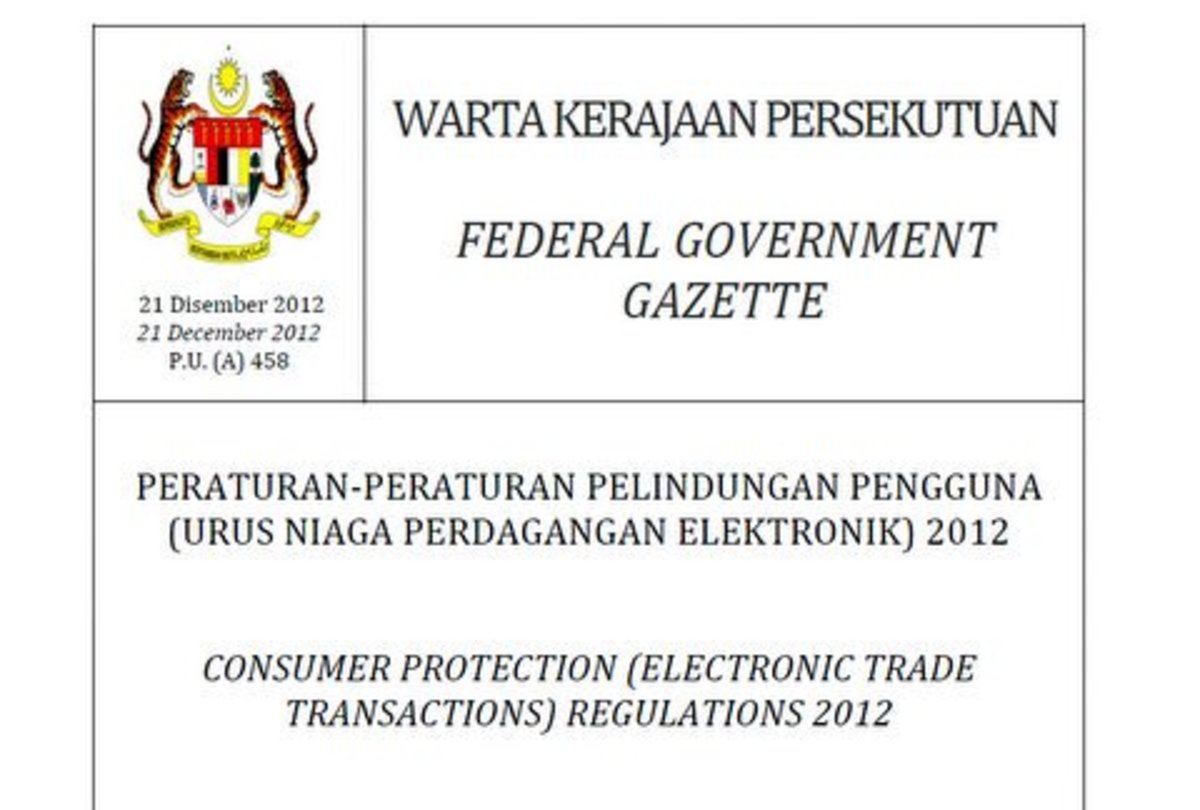- HubPages»
- Business and Employment»
- Small Businesses & Entrepreneurs»
- Business Ideas
The Five Essential Elements of Online Business Success
The Five Essential Elements
There are many online business models you can follow. With only a little bit of research on the subject, one quickly finds a confusing array of options. Which one should you choose? Which one is best? In truth, only you can answer that question. However there are things that you can do to succeed with an online business and ensure consistent and scalable results. You will need five essential elements. These elements are what this article will be about.
What Are These Five Elements?
Traffic: This is the constant flow of prospects that are interested in what you have to offer. Without traffic you can’t have sales. With no sales, you can’t have profits.
Funnel: A funnel is systemized process that allows you to capture your traffic and turn them into leads and buyers.
Filter: Filters allow you to show your prospects custom products and services that are specific to their needs.
Follow-up: Well thought out follow-up processes allow you to stay in touch with your leads and buyers, get feedback and comments so you can offer them better solutions.
Tiered product mix: This is a selection of products, services and solutions at various price points that address your buyers' needs.
With these five elements well established, you will succeed in your online business, no matter the business model. Put another way, if your online business model does not employ these five elements, you will not succeed in your online business. Let’s take a look at affiliate marketing which is one of the more popular online business models today.
Why You Need A Top Tier/High-Ticket Affiliate Marketing Business
Since the payout for most affiliate marketing systems are so small, is affiliate marketing a viable business model?
Yes, it is!
But to succeed, the affiliate marketer needs a “Top Tier” product line. Top Tier is defined as “the highest level or quality.” Direct sales companies use this term to refer to products that are much more expensive (and therefore, pay higher commissions) than items that are typically marketed this way.
The term “High-Ticket” refers to products which are “expensive". High-Ticket Affiliate Marketing (HTAM, a term coined by Matt Lloyd), therefore, refers in particular to the online marketing of products and services that are more expensive than items typically offered by other online marketers. With top tier commissions, it is actually possible to make in a day what you would make in an entire year in residuals from a typical affiliate marketing business!
What's A Marketer To Do?

LIMITLESS by Matt Lloyd
- Limitless - HTAM Method — MOBE - My Own Business Education
Limitless - HTAM Method
Here’s An Example:
Let’s say I develop a training product for business owners who want to learn how to create their first website and start collecting leads. I decided to price the product at $1,500. People are happy to pay the price, because if they implement the strategies I teach in my training product, they’ll be able to generate thousands of leads for their business which could be worth hundreds of thousands of dollars. In a case like this, spending $1,500 is a no-brainer. I have a product and I have a website that explains all the benefits of the product and how someone can buy it. But I have no website visitors, therefore, I can’t make a single sale. That’s where you come in: you become an affiliate for my business by joining my affiliate program. Your role is simple. Your job is to bring potential customers to my website. Once they are on my website, I can then sell them my course. If they buy it, I agree to split the $1,500 with you. After all, without you, I wouldn’t have made the sale in the first place.
Seems fair, right?
This is the basic process of what affiliate marketing is. An affiliate marketer is someone who brings customers to your products. You can find thousands of affiliate products and companies that you can represent by going through affiliate networks.
Advantages And Disadvantages Of Affiliate Marketing
There are both advantages and disadvantages to this affiliate business model. Let's look at both the advantages and disadvantages.
Advantages:
*No product creation
*No payment processing
*No storage, shipping & handling
*Operate from anywhere
*No minimum monthly sales
*Scaled to any size you want
Disadvantages:
*Low commissions (typically around 10%)
*Lower priced items
*Rarely pays on back-end sales
Despite the advantages, traditional affiliate marketing is flawed because of the low price point, low commissions and restrictions on back-end sales. This means that you will have very low profits. With such low profits you will have to constantly be looking for hundreds of new buyers to make a decent income. Sadly, the disadvantages often outweigh the advantages, making it difficult to succeed when using an affiliate marketing model. In short, it’s too much work for too little money.
What's a marketer to do?
How does this work? Think for a moment of how much you would need to make before you could quit your job. Let’s say, for example that it was $5,000.00 a month. That would break down to roughly 166.66 dollars a day. Now with a traditional, non-Top Tier marketing system online, you would only earn a small amount on each sale. Let’s look at a few price points of a typical system and see how many sales it would take for you to generate $5,000 per month:
-At $4.00 profit per sale, you would need 1,250 sales a month
-At $7.00 profit per sale, you would need 714 sales
-At $47.00 profit per sale, you would need 106 sales
To earn the income you need using the typical affiliate marketing model, you’d have to learn how to generate a lot of sales, month in and month out. This is why this model will not work long-term when you add the marketing equation into the picture.
Now let’s look at a Top Tier business model (such as Matt Lloyd's HTAM):
-At $1,000 profit per sale, you only need 5 sales
-At $3,000 profit per sale, you only need 2 sales (+ $1K profit)
-At $5,000 profit per sale, you only need 1 sale
-At $9,000 profit per sale, you only need 1 sale (+ $4K profit)
That is what Top Tier is! Now, many people think that it’s harder to sell a $9K product than it is a $1K product, but that’s just not the case. Most people simply have no idea how to do it right.
Another Way Of Looking At Top Tier
Now the Top Tier business model is not one that a lot of people know about. But it’s behind some of the most successful businesses online and offline. Think about the logistics of an offline business this way: Let’s say you were the new owner of a hamburger shop similar to McDonald’s (but which makes much better burgers) and you want to make as much money as you can, as fast as possible.
Which way do you think would get you there faster—selling one million burgers, or selling just one franchise for $1 million? Now, why would someone spend $1 million for a franchise when they could just open their own hamburger joint? It’s because with a franchise, you get a guaranteed system that is proven to work. You get the leverage of their billion-dollar brand, their advertising campaigns, their proven products and funnels that sell, etc. That is why franchises have a higher success rate than a ma-and-pa type restaurant. And that’s why McDonald’s can sell so many of their franchises. It’s basically “wealth-in-a-box,” assuming you can afford the franchise cost. Go at it alone, and you’re just selling hamburgers at a few dollars a pop—no system in place to leverage and no process to scale.
So to answer the question of whether it would be easier to sell a million burgers, or just one franchise: it would take much longer and would be a lot harder to sell one million hamburgers. On the other hand, there are tons of people looking to start their own restaurant. And they want a proven system that works, not something that’s going to put them in the proverbial poor house! So the odds are very good, if you have a proven system like McDonald’s, that you’ll be able to easily sell a few franchises with minimal effort, especially when you’ve been trained by the company on how to attract these people to you.
This just makes good sense, right?
A Better Business Model...
So, at this point, you are probably thinking, 'How can I get in on a system like this?' The secret is getting involved in a successful company that has what Top Tier, high-ticket offers. Don't have $1 million to buy a franchise, and then wait several years for it to start turning any profit? Is there another way? And what's more, even a model like McDonald’s has its drawbacks. Being a physical business, there is overhead to consider: you have to pay a manager a salary, you’ve got employees, payroll, and all kinds of different headaches to deal with. To succeed in business for the average person, you need to get involved in a digital company.
With the focus on digital products (information that buyers download to their computers), profit margins become extremely high:
*You don’t have high costs of fulfillment
*You don’t have to maintain a warehouse of inventory with lots of warehouse staff
*There’s none of the high costs associated with producing physical products.
*There’s no need for shipping
It’s really the ultimate profit model. And it's the most effective way to leverage the five essential elements of a successful affiliate marketing business model: traffic, funnel, filter, follow-up and tiered product mix. With a Top Tier business model, there will be more profit margins for you, the small business entrepreneur.
Time to get started!








